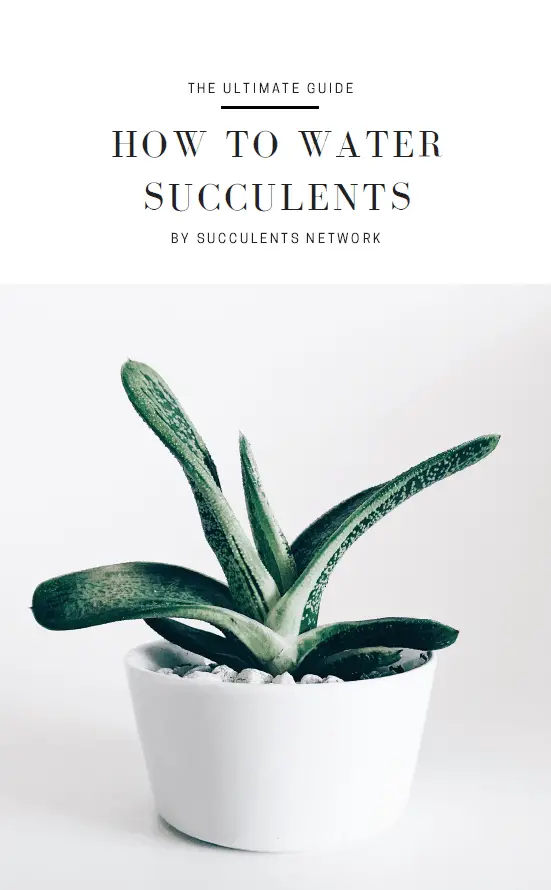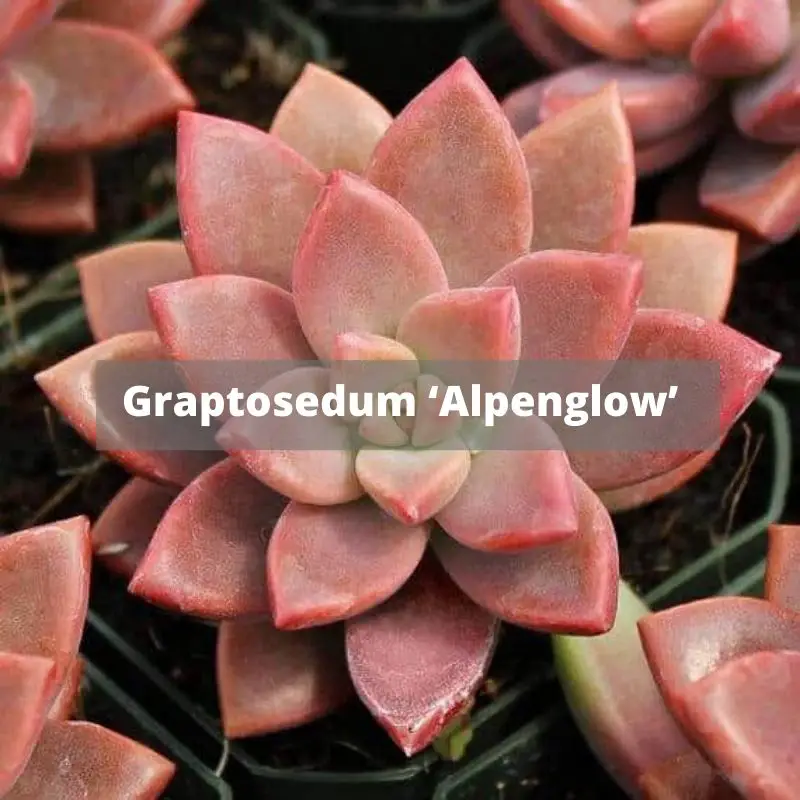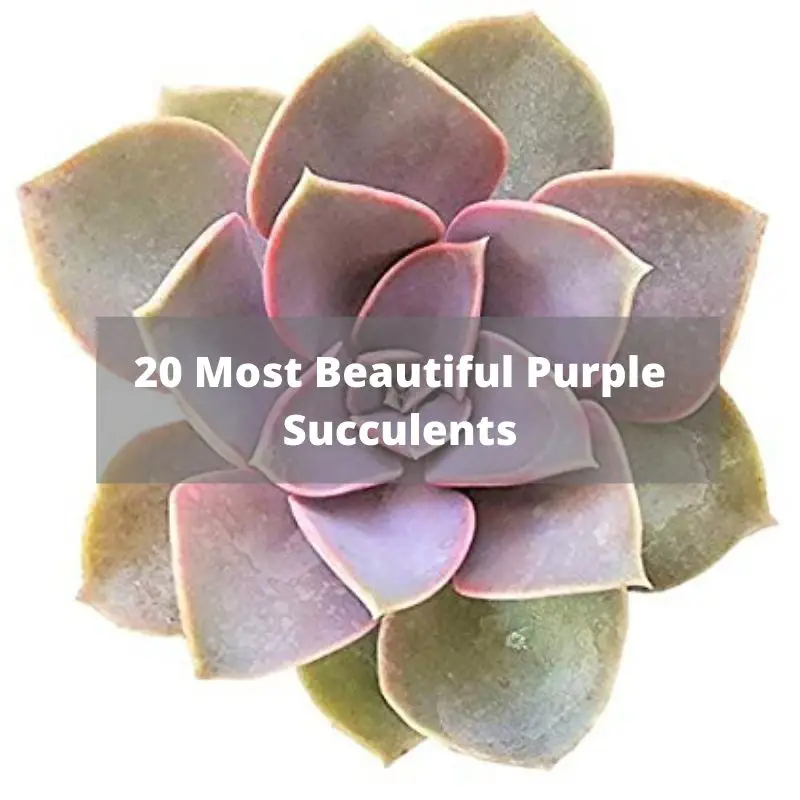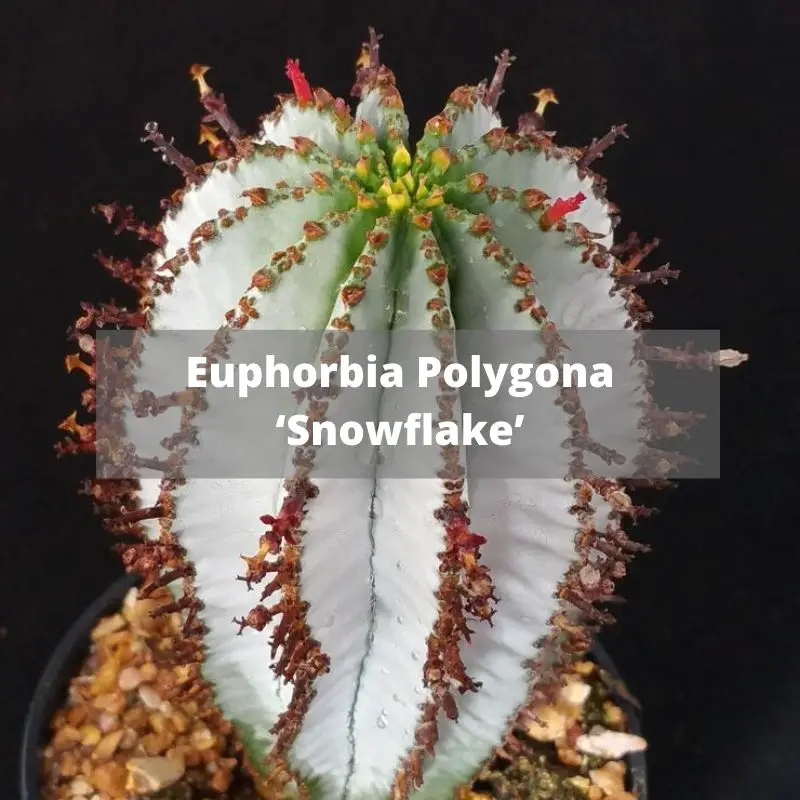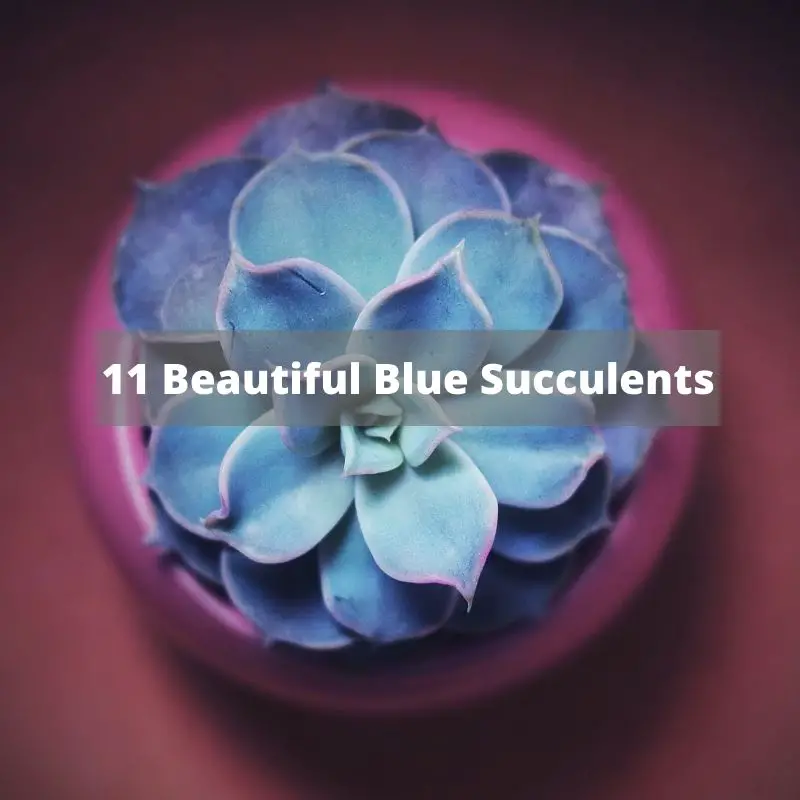Gymnocalycium mihanovichii, also known as the Moon Cactus, originates from South America and is usually grown indoors, as the houseplant. The beauty of the cactus’ flowers, their extravagance if I may say so, the delicacy of the petals and the toughness of the thorns, combined with the ability to survive in the cruel conditions of the desert by preserving the water inside, make any cactus a perfect gift with a perfect message that one can endure and make through even when the state is hopeless. Moon Cactus proves this throughout all the phases of its life, from the beginning to the end.
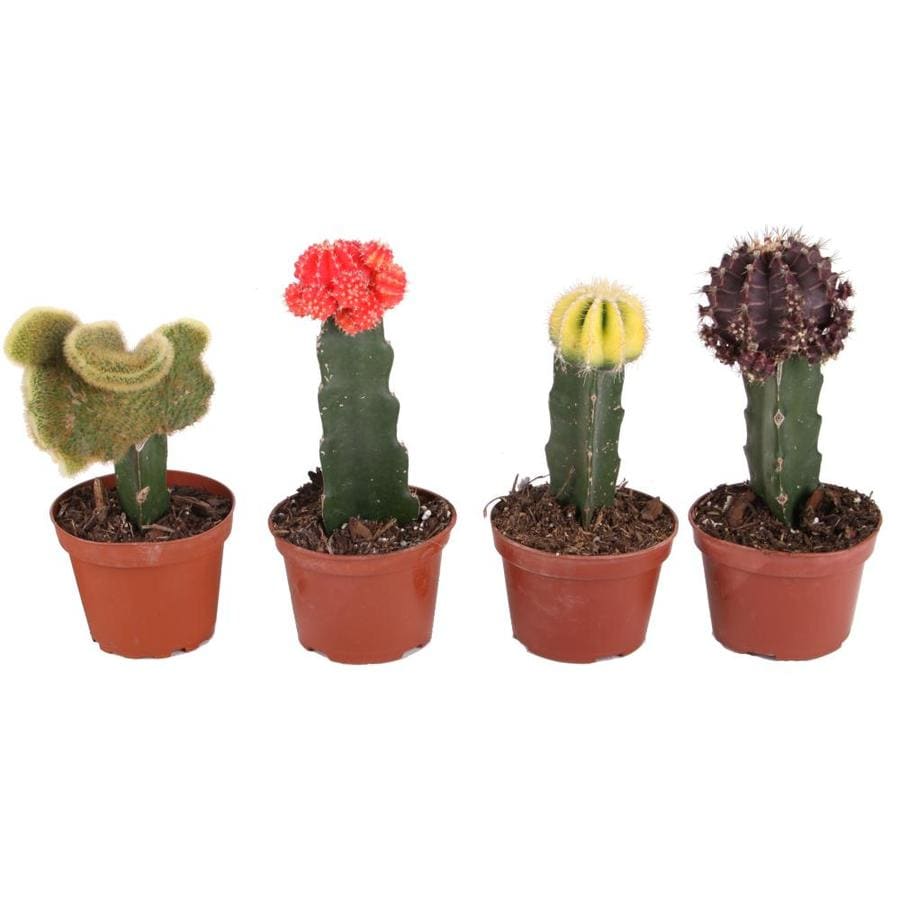
Picture via lowes
What Is The Moon Cactus?
The Moon Cactus is one of the species that appear in many forms, but the most popular ones are those missing chlorophyll. This makes photosynthesis impossible, so someone thought of the solution to the problem. The two cacti species were combined, the Gymnocalycium that grows no bigger than a golf ball, branches and can have several offsets, and the Hylocereus, very adaptable, but doesn’t have flowers at all.
The root, the Hylocereus, nurturing the other, the Gymnocalycium, and providing all the necessary food, that is to say, chlorophyll. And the result is the moon cactus with its bright red, yellow, orange or pink flowers. The natural habitats of the moon cactus are the deserts in different parts of South America. There are over 80 different species all over Argentina, Brazil, Bolivia, and Paraguay.
It is of wide, spheric shape and comes in green and red combinations. The thorns are greyish-yellow and are not particularly sharp. The cactus can reach the height and width of about 30 centimeters, but if grown in enclosed spaces, it rarely does.
It usually blooms in spring. The silky flowers may be white, orange, pink, red or green, and these vivid colors are the result of the genetic mutation mentioned before, the lack of chlorophyll, which requires grafting. This creates unusual and attractive forms.
Are your succulents dying? Do you need urgent help to keep them alive? Don’t worry! This ebook will solve the problems. I shared all my secrets related to how to water succulents with you.
How To Graft Moon Cactus
Cut the bottom of the Hibotan, which is another name for the Moon Cactus, and the top of the rootstock cactus, such as Hylocereus kind. Then put the Hibotan on the rootstock, and wrap them together in a piece of cloth, In a month or two, these two will heal together and become one, the Moon Cactus. This is also the best way to produce and cultivate offsprings since not many moon cacti will produce offsets. If they do, these will sprout off of the top of the plant. When they do, remove them gently and allow them to dry. After a couple of days, you may place them in well-draining soil.
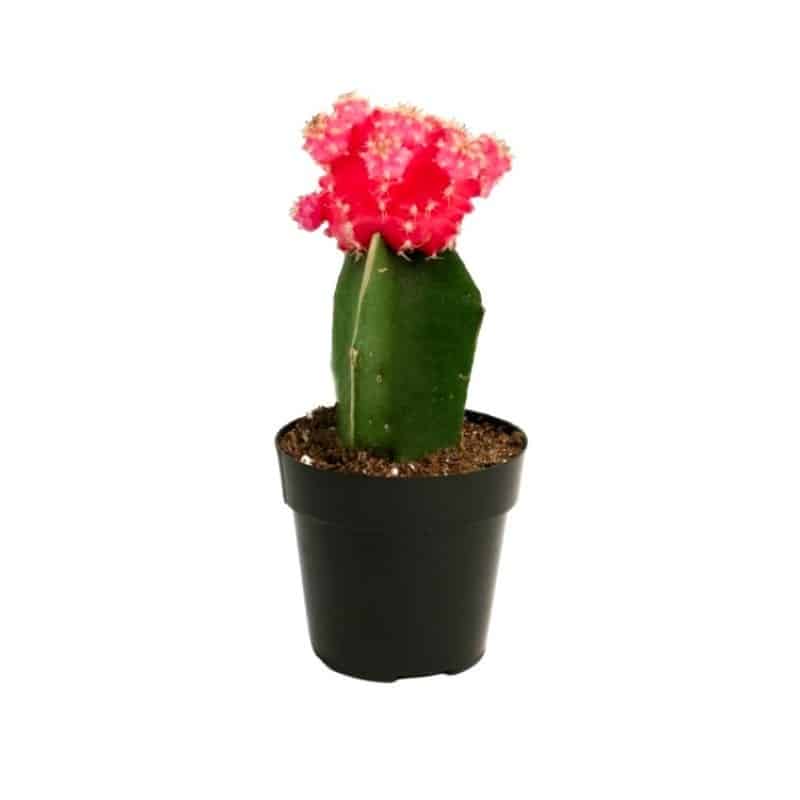
Picture via plantsguru
How To care For The Moon Cactus
Like most cacti, this one is not demanding either. The moon cactus survives neglect, but I don’t recommend total negligence. It needs watering, of course, but not flooding. If you do drown it, it will get soft first, and eventually, rot and dry. Instead, feel the soil now and then and use shallow pots with lots of holes to enhance drainage. Wait for it to be completely dry and then moisturize it. Once a week is usually enough, but if you keep it outside during hot summer days, then do it more often, whenever you touch the dry soil in the pot. And regarding this, there’s no need to water it very often in winter, It would be good to repot it in spring and enrich the soil with nutrients and improve its density.
When repotting make sure that the soil is dry so that the plant and its roots can be moved into another pot safely, without damaging it. After that fill the pot with the rest of the soil and leave it without water for the next week Then start watering it, but lightly. You can also use fertilizers but only once a month. If provided regular and quality care, the moon cactus will reward you with beautiful flowers from late spring to early summer.
Hibotan needs warmth to survive. If you keep it on the balcony, or in the garden you have to take it inside as soon as the temperatures get low as 9 degrees. or 47 F. The moon cactus needs a lot of sunlight but doesn’t cope with the scorching sun. It may even get sunburnt. The advice is to keep in shadowy places.
The History Of The Moon Cactus
The name “moon” is used to refer to the whole group, but as a matter of fact, it should be applied for yellow and orange ones only. Neon cacti are also used, but not as often, and it’s more inclusive since the word neon reflects the brightness of the flowers’ colors. The name Hibotan was introduced in 1948 and the story goes that a Japanese cultivator Watanabe produced the first mutant plants which had brighter and various colors than the early forms. This Hibotan mutant contained some chlorophyll and had its roots.
Thus it could be used for the production of other color variations which we have today, 16 of them to be precise, and we refer to them as “Ruby caps”. It seems that Watanabe managed to find the market for his seedlings during the 4os. The Neon cacti had their break in the 60s but weren’t so popular at the time. Their breakthrough has been repeated in the 80s. They were sold in the mega markets all over the world. The main production was and still is in South Korea. It does have something to do with the art of horticulture and the Eastern culture, although the moon cactus originates from another part of the world. Whatever the name and the history, the
is one of the most beautiful creations, not everybody’s cup of tea, simply because it’s a cactus, but it does attract attention and admiration. And as for the name “moon” cactus, it is the most common. The little, bright moons in the pots and shining in the windows and gardens of people who love them.

